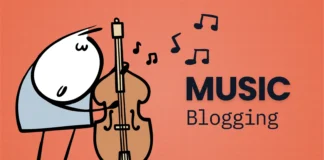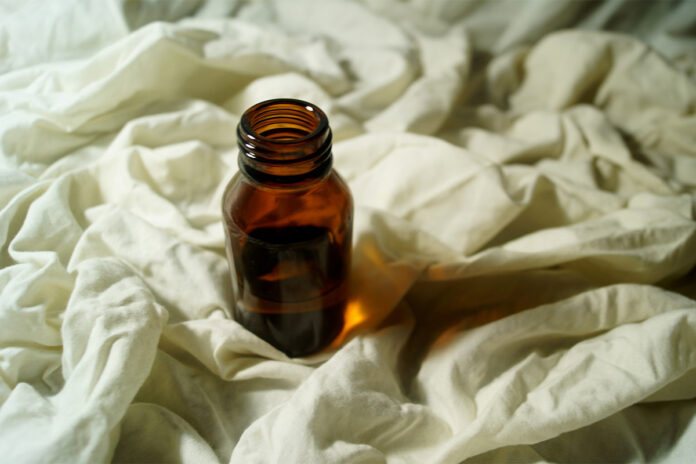
Poppers, with their distinctive aroma, have etched a noteworthy position in the annals of LGBTQ+ culture.
Bursting onto the scene in the latter half of the 20th century, these tiny bottles became not only a symbol of uninhibited freedom but also a topic of controversy.
For many within the LGBTQ+ community, the name evokes memories of lively dance floors and shared moments.
Interestingly, the rise of the digital age has made it increasingly easy for enthusiasts to purchase poppers, bridging a connection between historical usage and the conveniences of modern technology.
This article delves into the rich tapestry of poppers, focusing on their significance, cultural impact, and the many debates surrounding their use.
What Are Poppers?
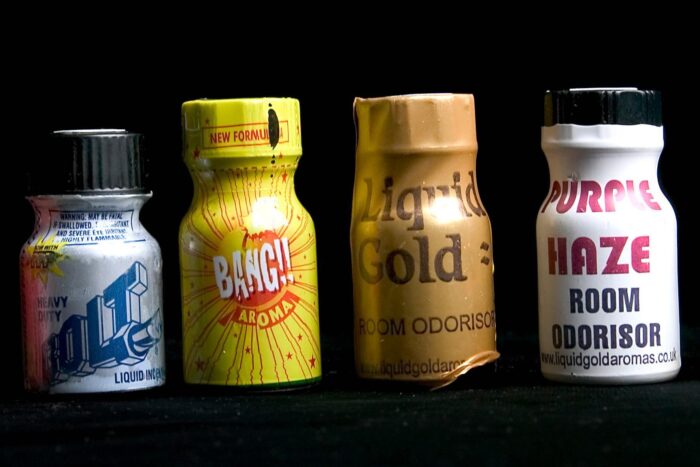
Poppers, scientifically known as alkyl nitrites, are volatile liquids traditionally used as heart medicine and, oddly enough, to remove nail polish.
When inhaled, they produce a rapid, intense feeling of warmth and dizziness. This sensation, though fleeting, is accompanied by a decrease in blood pressure and an increased heart rate.
The immediate effects can be exhilarating, lending themselves to the energetic atmosphere of dance clubs and parties. Their name derives from the popping sound when opening the original glass capsules.
Over the decades, they have been adopted for recreational use, particularly within the LGBTQ+ community, enhancing sensations and feelings of euphoria.
With the rise of the internet, it has become easier to find poppers online for those interested in exploring their effects.
Although their initial use was medical, today’s association is predominantly recreational, with many seeking them out for a brief escape from the mundane.
Historical Context within the LGBTQ+ Community
The 1970s and 1980s marked a period of seismic cultural change. As LGBTQ+ rights gained momentum, so did the underground club scene, where poppers were often inhaled to the beat of disco and house music. For many gay men during this era, poppers became synonymous with liberation — an emblem of sexual and social freedom.
These nitrites became especially popular in dance clubs, enhancing the sensory experience of light and sound and providing a brief, euphoric rush that complemented the pulsating rhythms of the dance floor.
But it wasn’t just about the high. Poppers served as a bridge, connecting strangers in crowded venues and forging bonds of camaraderie. They were often shared, passed from hand to hand, person to person, symbolizing a collective experience.
In many ways, these tiny bottles became artifacts of resistance, solidarity, and community spirit, capturing the essence of a community eager to express its identity and celebrate its existence against societal prejudices.
The Cultural Impact of Poppers
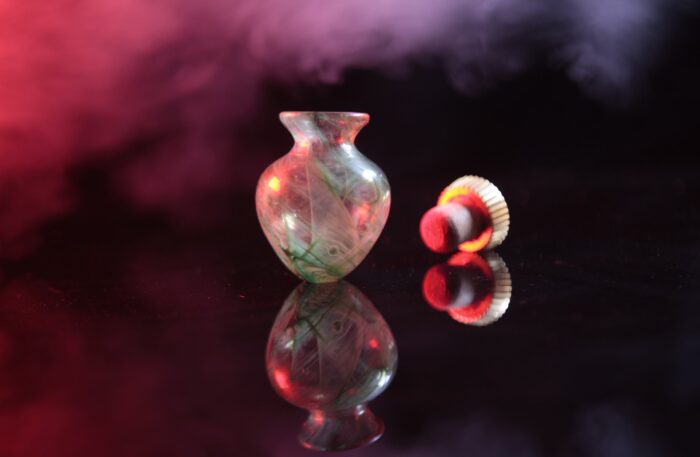
The presence of poppers transcends the confines of dance clubs. Their influence ripples through various artistic mediums in the LGBTQ+ community. Musicians often alluded to them, weaving tales of euphoria, rebellion, and intimacy in lyrics and rhythms.
Contemporary LGBTQ+ literature, too, paints vivid scenes of protagonists sharing a bottle on a moonlit night or amidst the neon glow of a bustling nightclub.
Visual art isn’t untouched, either. From graffiti on alleyway walls to sophisticated canvas pieces, poppers found their representation, often depicted as symbols of passion, rebellion, or unity.
Movies and theater plays, echoing the sentiments of the time, showcased scenes where characters experienced the transient dizziness poppers offered, either painting it as a moment of liberation or introspection.
While not the centerpiece, poppers invariably became background characters, representing a particular era, emotion, or subculture.
They subtly told tales of an LGBTQ+ community in evolution, of identities being asserted, and of boundaries being pushed, both in personal realms and the larger socio-cultural landscape.
The Controversies and Health Risks
As with many substances for recreational use, poppers have not been without their share of controversy.
While their euphoric rush can be enticing, it’s essential to acknowledge the potential health concerns associated with their usage. Inhaling alkyl nitrites leads to a drop in blood pressure.
Though usually harmless in moderation, overuse can cause headaches, dizziness, or fainting. For some, the chemical composition can also irritate the skin and eyes.
Furthermore, combining poppers with other drugs, especially those that affect heart rate or blood pressure, can be dangerous. There have been reported cases of severe health complications and even fatalities stemming from such combinations.
It’s a reminder that while poppers play a cultural role in some LGBTQ+ circles, they are not without risk.
Legally, the status of poppers varies across countries. Some nations have banned them, while others sell them under strict regulations. Often, they are marketed not as inhalants but as room odorizers or cleaning agents to circumvent legal restrictions.
Misconceptions and myths about poppers also abound. Contrary to some beliefs, they are not physically addictive.
However, frequent use can lead to increased tolerance, requiring higher doses for the same effect. As the conversation about poppers continues, it’s vital to approach the subject with a balance of acceptance, understanding, and caution.
Personal Stories & Experiences

Amid the din of dance beats and flashing lights, Maria first encountered poppers at a Pride after-party.
The tiny bottle, passed to her by a newfound friend, seemed innocuous. Yet, with one inhalation, she felt a brief rush of warmth and connection, amplifying the collective energy around her. For Maria, that night became a symbolic memory of camaraderie.
On the other hand, Lucas recalls a more reflective experience. Sitting on a rooftop overlooking the city’s skyline, he shared a bottle with a close friend. The momentary dizziness brought a cascade of feelings, deepening their conversation and strengthening their bond.
Each story is unique, yet there’s a common thread: poppers often play a role in shared experiences, becoming not just about the fleeting high but the deeper connections and memories forged.
The Changing Perception
Poppers, over the decades, have witnessed a transformation in their perception. From their initial medical applications to becoming a staple at LGBTQ+ gatherings, they’ve evolved in their role and meaning.
Today, as the world becomes more accepting and understanding of the spectrum of LGBTQ+ identities, the conversation around poppers, too, is shifting.
No longer just a clandestine substance, they’re now discussed openly, focusing on safe use and understanding their cultural significance.
While they continue to hold a special place in many LGBTQ+ narratives, the emphasis is now equally on being informed, responsible, and respectful of inadividual choices.
Conclusion
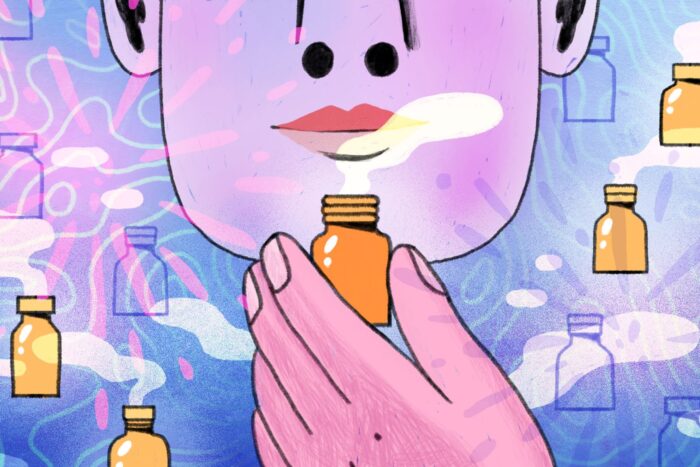
The journey of poppers through the annals of LGBTQ+ culture is fascinating and multifaceted.
They’ve interwoven with the community’s fabric, from their rhythmic presence on dance floors to their symbolic essence in arts and narratives. Yet, as with any substance, they come with their cautions.
Their story within the LGBTQ+ context is a testament to the community’s resilience, adaptability, and continuous quest for self-expression.
In understanding poppers, we’re reminded of the broader narrative of LGBTQ+ experiences – vibrant, diverse, and constantly evolving. It’s a dance of history, culture, and individual stories, all moving synchronously.







